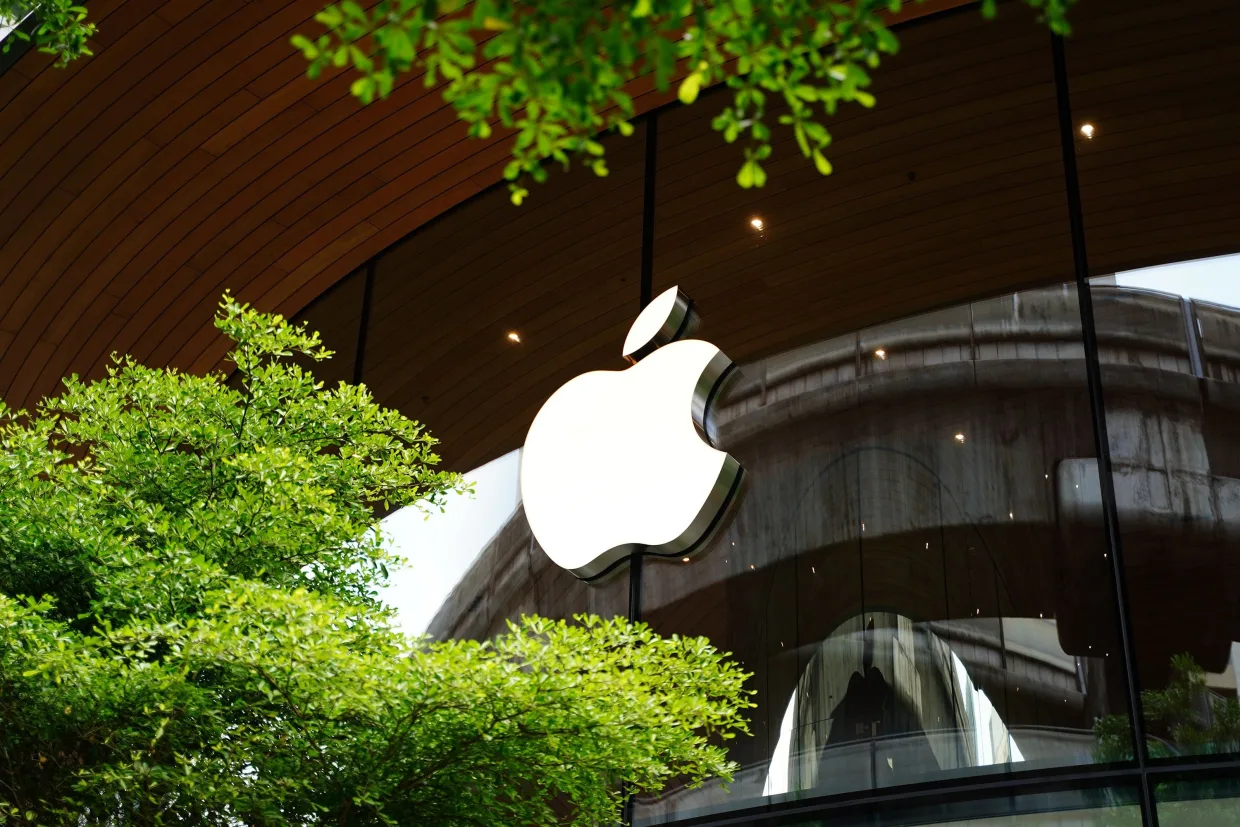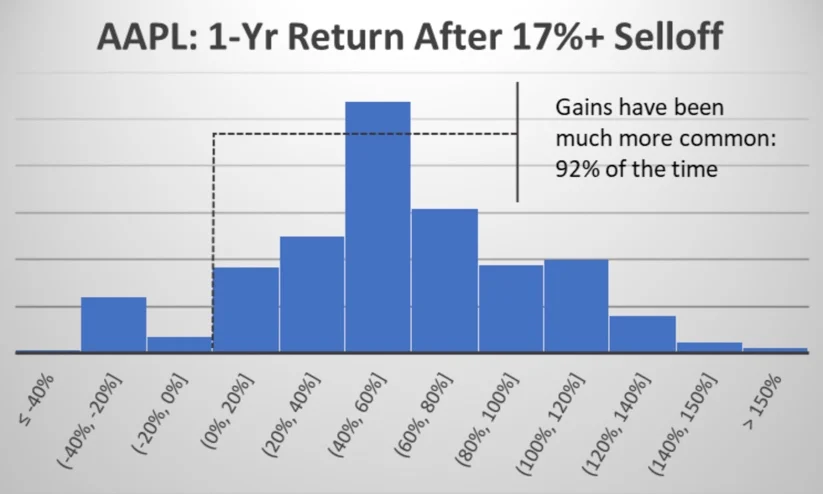One analyst thinks that Apple stock may have finally found its 2022 bottom. The Apple Maven takes a closer look.
As the equities market shows signs that it has finally found its footing (fingers crossed), one vocal Wall Street analyst has given a “bright green light” for Apple stock to climb further.
Today, the Apple Maven reviews Wedbush’s stance on AAPL, still its top tech pick. Could analyst Dan Ives be right that Apple stock and some of its peers have bottomed for the year?

Interest rate hikes underway
Mr. Ives’ key catalyst this week has been the Federal Reserve’s announcement on monetary policy. In a move that has been widely anticipated, the US central bank is raising short-term interest rates by 25 basis points. Six more hikes are expected in 2022.
I explained yesterday that the bullish reaction to the rate bump can be counterintuitive. Shouldn’t higher interest be a drag for tech and growth stocks?
The key here is that the markets do not usually react to what is happening right at this moment. Rather, it tends to look forward a few months and anticipate future events.
Dan Ives seems to agree with me that, rather than causing concern, the start of the rate hike campaign has been felt as a relief. Finally, monetary policy will begin to tighten, and investors can slowly start to worry about something other than rampant inflation.
This is very much what happened in early November of last year. When the Fed announced the start of the tapering process (that is, the winding down of the Bank’s bond purchase program), the Nasdaq immediately rallied — although enthusiasm lasted barely two months.
Therefore, yes, I believe that the macroeconomics events of the week were a positive for Apple stock. If “left alone” (i.e., absent market-level shocks and concerns), I think that AAPL share price will tend to rise due to the company’s strong fundamentals and execution.
Has AAPL bottomed?
While I think that Apple stock will be worth much more several years down the road, the harder question to answer is whether shares have seen the worst of 2022.
Any realistic analyst or investor must leave the door open for further share price weakness. I still think it is a bit too early to say, with much conviction, that the early-year selloff in the markets has completely run its course.
But here’s one thing that I can do: look at the historical data to understand what could happen next. Barron’s has done some of the work for us.
According to the publication, citing Dow Jones Market Data in an email that landed in my inbox last evening:
“The start of a Fed tightening is not necessarily bad for stocks. There have been five rate-raising cycles since 1990, and the major stock indexes endedhighera year after the first rate increase 80% of the time.”
In isolation, this figure is not particularly impressive, since the S&P 500 has produced positive returns for the year 80% of the time in the past 3 decades. But at least, the observation suggests that recent rate hikes have not been any more likely to drag the performance of the stock market.
I then looked at Apple stock itself. Keep in mind that AAPL dropped as much as 17% from its all-time high, with the YTD bottom being reached as recently as March 14.
In the iPhone era, i.e. since 2007, Apple shares dropped at least this much a few times: certainly during the Great Recession of 2008, but also in 2013-2014, 2017-2018, and during the more recent COVID-19 bear market.
Whenever a 17%-plus selloff happened, Apple managed to produce outstanding average returns of 56% one year later! While, in rare instances, share price continued to decline after the 17% drawdown, the stock was in positive territory a year later 92% of the time.
Check out the histogram below, which shows the distribution of one-year forward returns after Apple stock dipped 17% of more from a peak, since 2007:

